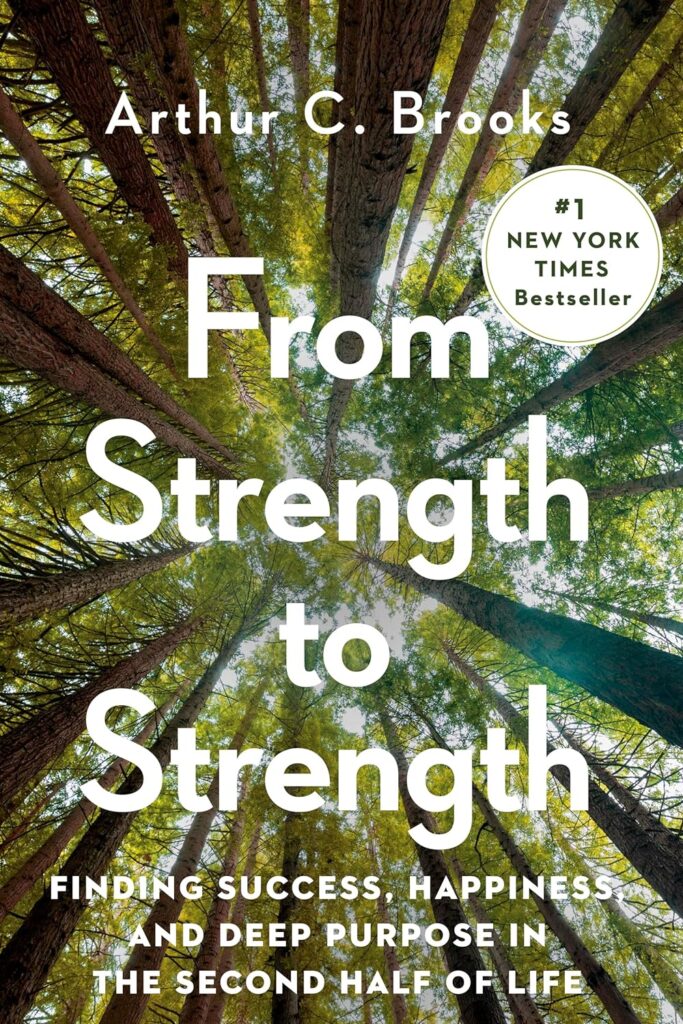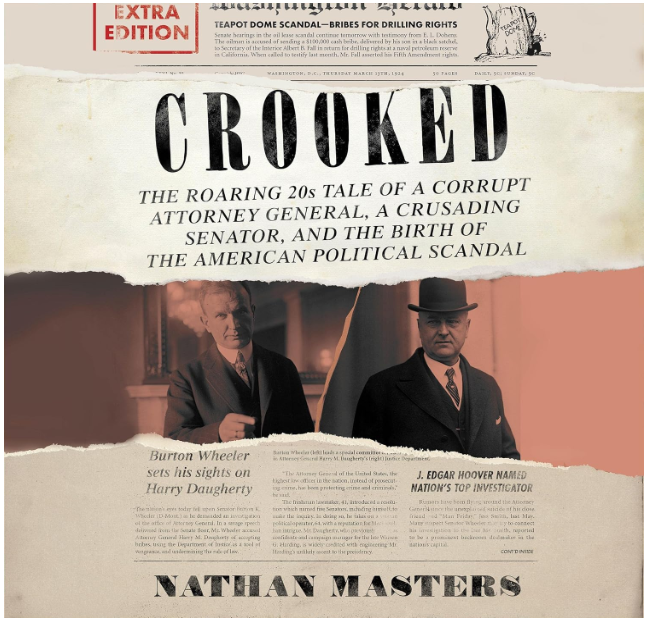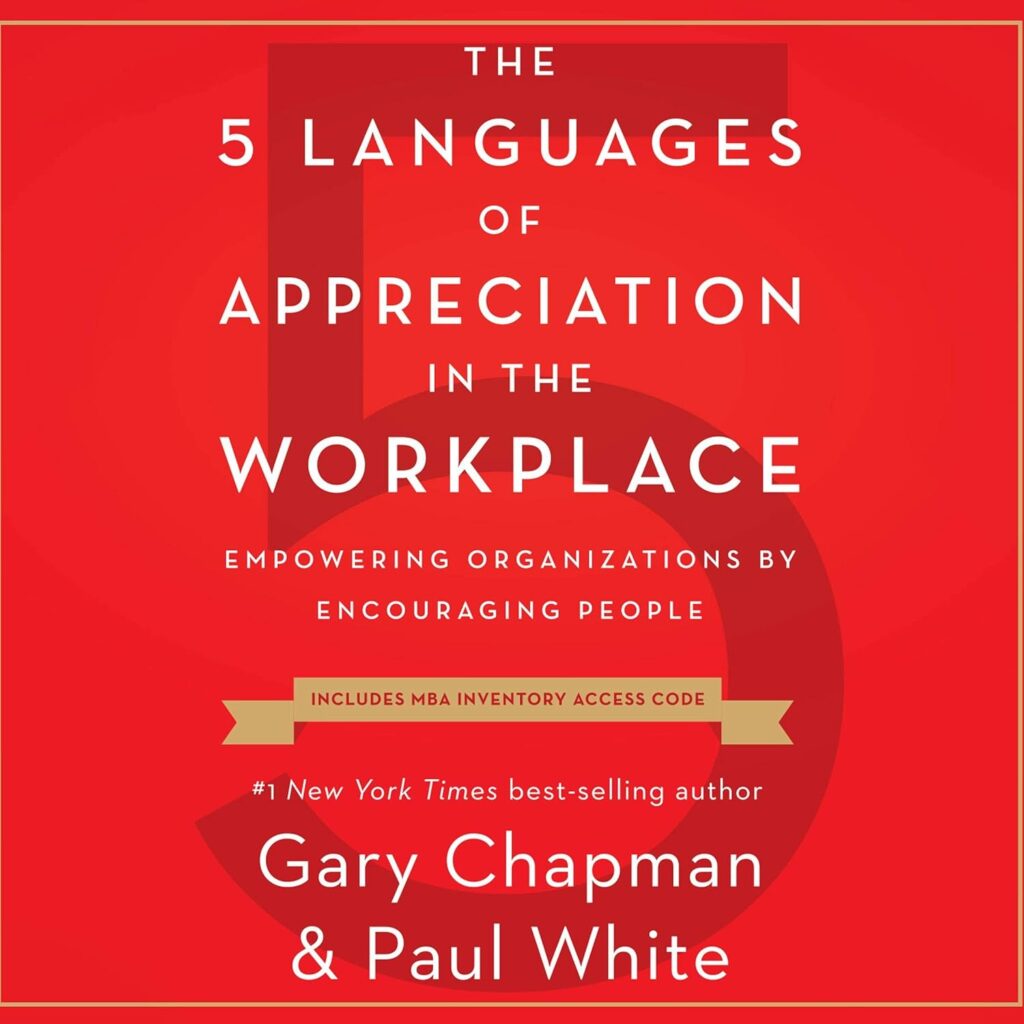After a successful 11-year run at Cubist Pharmaceuticals, former CEO Rob Perez asked himself, what next?
“While I loved (almost) every aspect of leading Cubist, my favorite part was helping to develop the unique culture that was a hallmark of the organization. And a big part of that culture was our extraordinary commitment to the community,” he said.
“There were many enticing and, frankly, flattering offers, but I found that nothing provided a greater return on happiness than giving back to others.” After much reflection and conversations with close friends and family, Perez founded Life Science Cares, an organization committed to eliminating the impact of poverty in the greater Boston area. “Being involved in the community, and helping others do so as well … gave me the greatest joy.”
Executive Directors of not-for-profit organizations report high levels of job satisfaction.
And he is not alone. A 2011 study of nonprofit executive leadership found that Executive Directors of not-for-profit organizations, like Perez, report high levels of job satisfaction. Ninety-one percent reported that they are very happy in their jobs or have more good days than bad. Sound attractive?
The opportunity to “do good” appeals to many chief executives who are looking to channel their leadership skills and good fortune more directly toward their community and causes.
But there are a few myths that must be confronted:
Myth #1: If I can lead a Fortune 500 company, I can run a nonprofit.
Much of what you have done in the private sector will be relevant, but there are some profound distinctions. Businesses have wide-ranging goals and objectives, but there is really only one focus: To make a profit. The goal of nonprofit organizations, however, is to “change lives.” That passion for the mission or the art often competes with—and sometimes trumps—business decisions. An Executive Director, and his or her board, must learn how to balance the two: develop and maintain a sustainable organization that also has the means to pursue its passion.
When a leader can’t affect performance through giving or withholding rewards, leadership style shifts from power to influence.
Another key distinction? In the business world, one enjoys a deep bench of talent. By contrast, nonprofit staffs are generally lean, paid at below-market wages and hampered by limited resources. And nonprofits often have large numbers of volunteers who aren’t getting paid.
“You can’t just pull everybody into a conference room and make them do something,” says Dean Niewolny, CEO of the Halftime Institute, a nonprofit organization that coaches and connects high-capacity leaders to serve communities. “When a leader can’t affect performance through giving or withholding rewards, leadership style shifts from power to influence.”
Jane Howze, Not-for-Profit Practice Leader at The Alexander Group, agrees: “A not-for-profit CEO does not have the power of promotions, salaries, or discipline to motivate teams. Instead, a not-for-profit CEO must rely on his or her ability to appeal to constituents by communicating the organization’s mission and vision.”
Myth #2: I’m not ready to retire; this will be an easy transitional role.
Many mistakenly believe working for a nonprofit is easier than corporate work. The work can be incredibly rewarding, but one will be expected to do the same work as before, and with fewer resources. The work takes passion and commitment.
It feels like I am just beginning and I couldn’t be more grateful.
Retired pharmaceutical executive Scott Boyer helped launch ROW Foundation in 2014 to deliver epilepsy treatments to underdeveloped countries. “All of this is happening at an age when many of my contemporaries have retired. For me, it feels like I am just beginning and I couldn’t be more grateful.”
He urges other executives considering a transition to “think about listening to that voice inside you that says you could make your ‘what if’ a reality and ignoring the voice that says you cannot.”
Myth #3: I know lots of people with deep pockets.
More important than who you know, is how you know them. A robust personal network indicates that one is adept at networking and building relationships—an important skill for nonprofit leaders. Executive Director candidates must demonstrate that they can continually seek new sources of revenue and in-kind support, whether donations, grants, corporate alliances, or partnerships with other community organizations.
Club promoter Scott Harrison used his social media influence to spread awareness of charity: water, the nonprofit he founded in 2006 to bring clean water to communities in developing countries. Harvard grad Elizabeth Scharpf engaged in a creative corporate alliance with Johnson & Johnson, the multinational consumer goods company, to lend brains, talent and equipment to Scharpf’s nonprofit organization Sustainable Health Enterprises (SHE). In exchange, SHE is sharing its innovations in producing affordable sanitary napkins in rural Africa.
A robust personal network indicates that one is adept at networking and building relationships—an important skill for nonprofit leaders.
Networking can also help attract new board members and create staff development opportunities including recruiting, education, best practice sharing.
Myth #4: I’ve served on a not-for-profit board; I can easily transition to Executive Director
Nonprofit board membership is very different from running the organization day to day. As a board member, you understand the need to balance the expectations of various stakeholders—local governments, donors, beneficiaries, employees, volunteers and the community at large—all with distinct points of view and demands. As Executive Director, however, those demands will routinely land on your desk. The buck stops with you. And balancing competing agendas takes diplomacy, tact and thick skin.
Balancing competing agendas takes diplomacy, tact and thick skin.
“Not-for-profits often have limited resources and competing demands for those resources,” says Howze. “It is up to the Executive Director/CEO, along with the board, to prioritize the resources. We see this quite often with voluntary health organizations in which some constituents’ priority is funding research in hopes of finding a cure in the future, while others are more focused on offering the best treatments, programs, and services for those presently afflicted with the disease.”
“Stakeholders with differing, and often conflicting, agendas can make a not-for-profit CEO’s job much more complex,” Howze emphasizes.


























